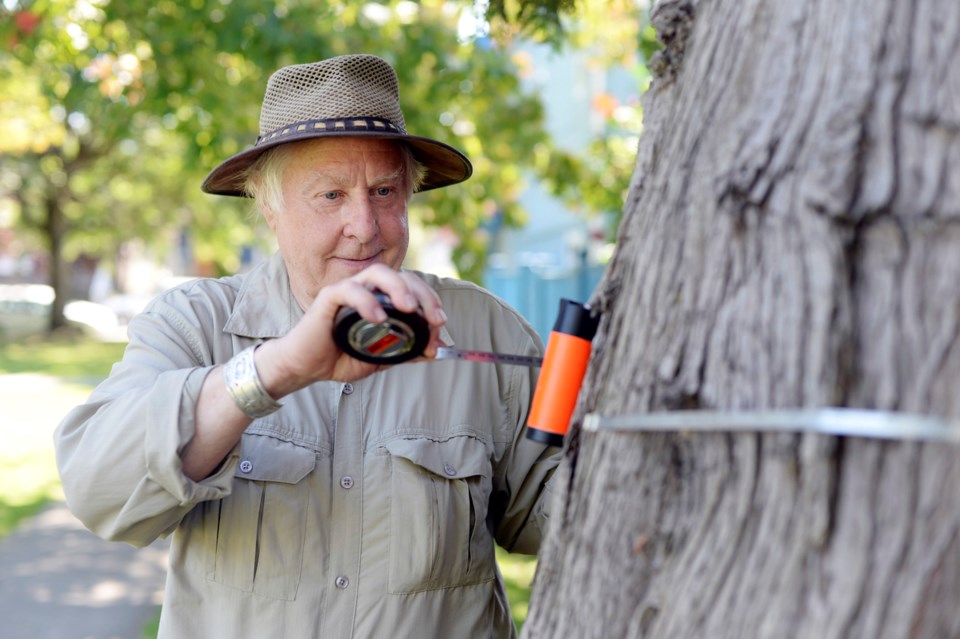Over the last decade, Carmen Rosen has watched the conversation move from disaster to miracle.
Now, those buzzwords include hope and sustainability.
Rosen is part of a coalition heading up habitat restoration efforts in the Still Creek Watershed, a 17-kilometre stretch of waterway linking Burnaby and Vancouver that was all but devoid of fish even five years ago.
A dozen chum returned to the East Vancouver creek in 2012, and the numbers have remained at that level.
At the time, the site of spawning salmon was a first in more than eight decades.
“It was super thrilling, so exciting,” Rosen said. “We are talking about a miracle that we’d like to see become an everyday occurrence. Right now it’s still in the category of being an amazing miracle. We need to do more so that it’s commonplace. A dozen fish isn’t a sustainable population yet.”
Rosen heads up a group known as the Still Moon Arts Society, which has partnered with the Silva Forest Foundation, Simon Fraser University, the City of Vancouver and other stakeholders to make the watershed viable again.
The coalition is working on a number of fronts to do so by building fish ladders, planting trees, conducting field tests and releasing fry into the water. But their biggest job is to let people know the creek even exists, as it’s only one of two remaining visible streams in the city and is largely situated underground.
“There are close to 100,000 people that affect this watershed and it’s a complete surprise to them that the creek exists or that their backyard is part of the watershed,” said Emily Doyle-Yamaguchi, a project assistant with the Silva Foundation. “That’s why we’re trying to raise awareness, that they are actually a part of the success or failure of the creek.”
Those efforts began as a grassroots, one-woman campaign more than a decade ago when Rosen first moved into the area near the Renfrew Ravine.
She routinely saw neighbours tossing trash into the green space and lamented the amount of light industrial pollution in the area.
It wasn’t until the last five years that the coalition began its work in earnest. They had a monumental challenge in front of them that spanned three cities, three rivers, a lake and three sprawling industrial areas.
The fish native to Still Creek return from the ocean via the Brunette River in New Westminster and enter Burnaby Lake via fish ladders built by Metro Vancouver. They make their way into Vancouver near Natal Street and travel as far north as Seventh Avenue and Nanaimo Street.
Herb Hammond, an ecologist with the Silva Foundation and project lead, said that area was an old-growth forest 100 years ago, full of coniferous trees that slowly filtered the water down from the forest canopy.
All of the Pacific Salmon species called Still Creek home at that time.
“The hydrology used to work perfectly. Now, when you have an intense storm… it’s like somebody turned a hose on your head,” he said. “The goal here is to move as far back towards that original picture as we can.”
To do that, more coniferous trees need to be planted, impermeable surfaces need to be replaced and bioswales (infrastructure that helps clean and divert water) have to be built to improve the connectivity of the watershed.
Hammond’s organization doesn’t have a timeline for when all of those efforts will be completed. Right now the focus is getting buy-in from surrounding communities and local governments.
“Salmon are a good barometer of the whole watershed and the condition of the whole watershed,” Hammond said. “The goal is to have our plan make sense to the lay person. We’ll have technical backup for the people who want it, but the main goal is to get the community to understand it and own it.”
For more information on the ongoing restoration efforts, go to stillmoon.org.
@JohnKurucz



